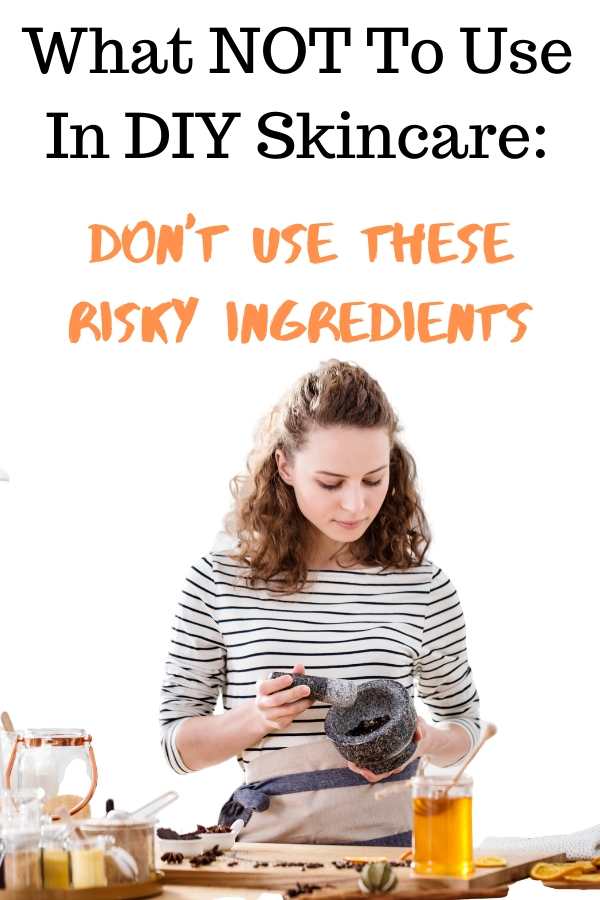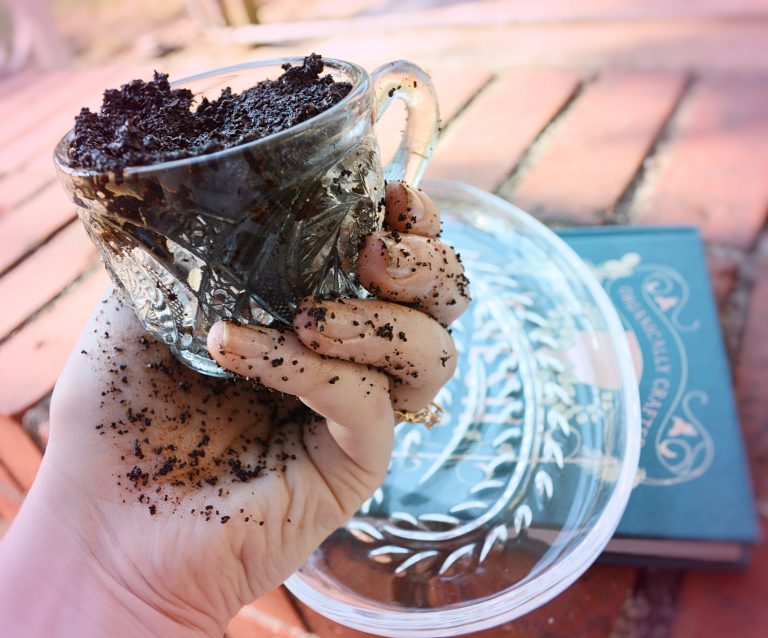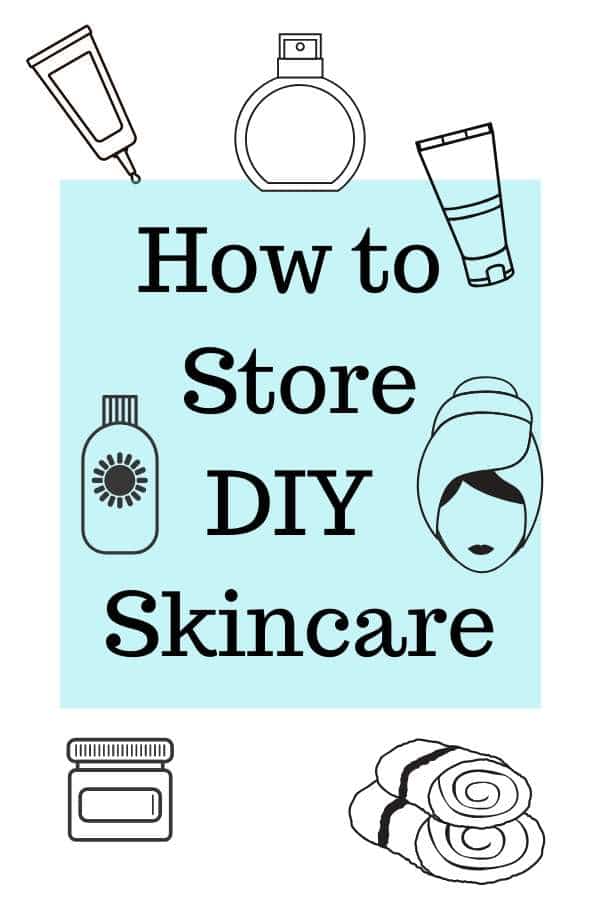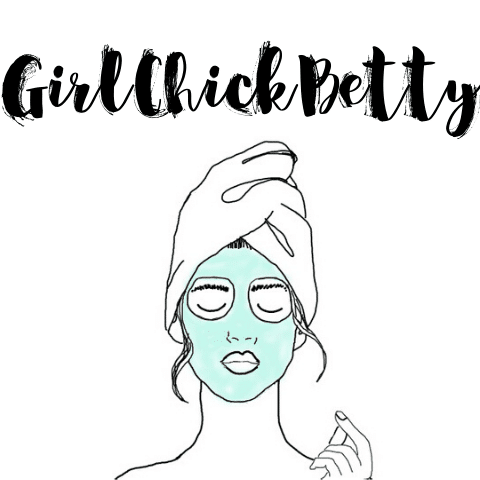Whipping together DIY skincare products is one of my favorite pastimes because it’s a ton of fun, can save a lot of money, and these products can sometimes be even more effective than the store-bought versions. But 9/10 recipes online more often than not use risky ingredients that should never be used at home. Here’s what NOT to use in DIY skincare:
I’m going to cover some of the most common ingredients used in DIY skincare products that you need to avoid as well as some things to watch out for while you test out new creations. There are countless free recipes available online, but you need to very cautious in regard to the ingredients suggested. Unfortunately, there is an insane amount of misinformation regarding what’s safe and what isn’t when picking ingredients to include in DIY skincare products.

This post contains affiliate links. If something is purchased through my link it will send some spare change my way that will go towards keeping this slice of the internet up and running.
What NOT To Use In DIY Skincare
The world of DIY skincare is extremely fast and loose when it comes to what ingredients people recommend using. It’s best to do some thorough research before using a new ingredient for the first time. Here are the most common risky ingredients that you should think twice about creating skincare with:
Citrus Extracts & Oils
Lemon and orange are extremely popular ingredients because people mistakenly believe that they will brighten skin because these fruits contain high levels of vitamin C. It would take months of repeated use to see visible results and in the meantime, you will be reaping a heavy load of nasty side effects.
Citrus juice is highly acidic, it’s actually such a high pH that it can cause a nasty sunburn called phytophotodermatitis if you expose your skin to the sun after using it. Another risk of using such an acidic ingredient is the fact that it will basically irradicate your acid mantle a.k.a skin barrier.
Your skin actually has a protective layer called the acid mantle which is comprised of a mix of sebum, amino acids, fatty acids, lactic acid, and water (from your sweat). This slightly acidic layer protects your skin from bacteria, viruses, and other contaminants that can enter your skin.
Skin can re-balance it’s natural PH levels after a normal skin cleansing within 30 minutes or so. But if you were to repeatedly use a DIY lemon treatment it would completely strip your skin barrier and who knows how badly your skin could be damaged. Read more about how to protect your acid mantle in my guide here!
Essential Oils!
Essential oils are constantly popping up in DIY skincare recipes because they’re an easy way to quickly add fragrance to any mixture. But here’s the rub, fragrance is terrible for your skin and has absolutely ZERO benefits!
Direct exposure to some essential oils can cause severe irritation and even contact dermatitis (source). Tea tree oil is one of the only oils I use for skincare purposes because its antimicrobial and anti-inflammatory properties are very effective in zapping spots and blemishes away. But even then, I still heavily dilute it before use. I highly recommend that you read my full article on whether or not essential oils are safe in skincare before you use them.
The general rule of thumb is that essential oils should be diluted down to a 1%-5% concentration to avoid allergic reactions/sensitization but most recipes call for amounts that go far above that amount! That concentration is tolerated by normal skin types but if you have sensitive skin you may need to dilute even farther to avoid a reaction (or better yet, just leave it out!).
Exfoliants Not To Use In DIY Skincare Products
DIY exfoliating scrubs are very easy to make but it can be easy to damage your skin with them as well!
Keep in mind that your facial skin is far more delicate than the rest of your body. A coffee or salt scrub might feel heavenly on your legs but think twice before making a facial scrub with heavy-duty exfoliating ingredients like the ones listed below.

Here are some exfoliating ingredients that should be skipped when creating facial products:
- Coffee Grounds – The rough texture doesn’t break down during use like traditional sugar/salt scrubs and can cause microtears in the skin
- Baking Soda – This baking ingredient has a very high pH of 9 and can severely unbalance your skin’s pH levels (healthy skin pH is around 4.7 and 5.75). It is also extremely dehydrating!
- Salt Scrubs– This can be very irritating to sensitive skin and even painful if you have active breakouts
- Sugar Scrubs – Both sugar and salt are extremely rough on your skin when used as a facial scrub. If a sugar scrub is not properly rinsed off or left on the skin too long it makes your skin an all you can eat buffet for bacteria!
ACV in DIY Skincare
Apple cider vinegar is another extremely popular diy skincare recipe ingredient. “Apple cider vinegar, although a natural ingredient, can do serious harm if used in excess,” says board-certified dermatologist Lian Mack, MD. “It lowers the pH of the skin, which can ultimately cause a chemical burn.”
The high acidity of ACV can also damage your skin barrier, it’s very similar to citrus juices when it comes to the risk of throwing your pH out of whack.
DIY Ingredients that Stain Skin
- Turmeric– A very popular ingredient for treating redness can stain skin yellow
- Coffee– can stain the skin if left on for an extended period of skin
- Dark fruit & berries – (blueberries, blackberries, etc)
Many DIY skincare recipes include ingredients that have the potential to majorly stain your skin. Turmeric can be used safely if it’s diluted with other ingredients and quickly rinsed off but you still run the risk of staining your skin yellow, especially if you have a very fair complexion.
Berry and fruit face masks sound lovely but can also lead to unwanted staining. Ever noticed that your hands looked pink or even red after picking berries? My family picks blackberries by the bucketful every summer and we all end up with bright red palms. We definitely don’t want that happening to your face!
Patch testing your newly created DIY skincare is the best way to avoid accidental foul-ups. Apply some of the product to a small patch of skin and leave it on for the same amount of time you would if you were doing a face mask for real. The upper forearm is a good area to patch test skincare. Once the appropriate amount of time has passed (15-20 minutes for most facemasks) rinse it off and see if there is any staining.
If your skin is stained after you rinse off the patch test you may want to toss the rest of your DIY mixture to protect your skin. If not, it’s time to actually use it for real this time!
What DIY skincare products can you safely make?
The world of DIY skincare products is a huge place! You can DIY almost any traditional type of skincare product. Here are some of the main products that you will find recipes for:
- Toners
- Cleansers
- Moisturizers (check out my moringa facial oil recipe)
- Masks
- Spot Treatments
- Eye Treatments (here’s my primrose oil eye cream recipe)
You aren’t always going to be able to make a cheaper version of every skincare product at home and your DIY version may not always be as effective. But don’t let that discourage you!
Benefits of DIY-ing Your Skincare Routine
The main benefit of creating DIY skincare products is that you have complete control over what ingredients go into the recipe and can tweak any part of a recipe to your liking. If you are allergic to a common ingredient in mainstream skincare it can be very difficult to shop around for formulas that fit your needs.
Likewise, if you are trying to create a vegan, cruelty-free, or zero waste beauty routine it can also be near impossible to find an entire collection of products that fit your lifestyle restrictions.
It’s also just so darn satisfying to create a skincare product with your own two hands! Before you dive headfirst into the world of DIY skincare it’s important to make sure you have the correct supplies for creating and hygienically storing your creations.
How to Store DIY Skincare
Airtight storage is crucial when you are creating DIY skincare! Most store-bought skincare has numerous preservative agents. Even if you have included a preservative in your recipe it’s still important to keep your DIY creation from getting contaminated.

You can find very in-expensive travel toiletries containers at any grocery store or beauty supply. These miniature squeeze tubes and spray bottles are perfect for storing DIY toners, oils, and masks. You can also save empty skincare bottles/containers for future use. Most store-bought serum vials can be easily re-purposed after the stickers and labeling have been removed.
Here are some of my favorite storage solutions for DIY skincare products and where to buy them:
- Bottles with glass eye droppers for serums/oils
- Roller bottles for spot treatments/oils/eye treatments
- Spray mister bottles for toner
- Airtight jars for creams or face masks
- Refillable squeeze tubes for thick creams or mud masks
If you’re in the market for some DIY skincare recipe books, check out my article on the Top 11 DIY Skincare Books for Skincare Lovers.
Recent Posts
There are two new sunscreens on the block and the lovely folks over at Kinfield gifted some tubes for me to to test out so I can share a skincare deep dive with y'all! This post contains affiliate...
Trying to find a sunscreen formulated without glycerin is no easy task! I've researched hundreds of sunscreen formulas while writing for this blog and it's shocking how extremely few glycerin-free...
